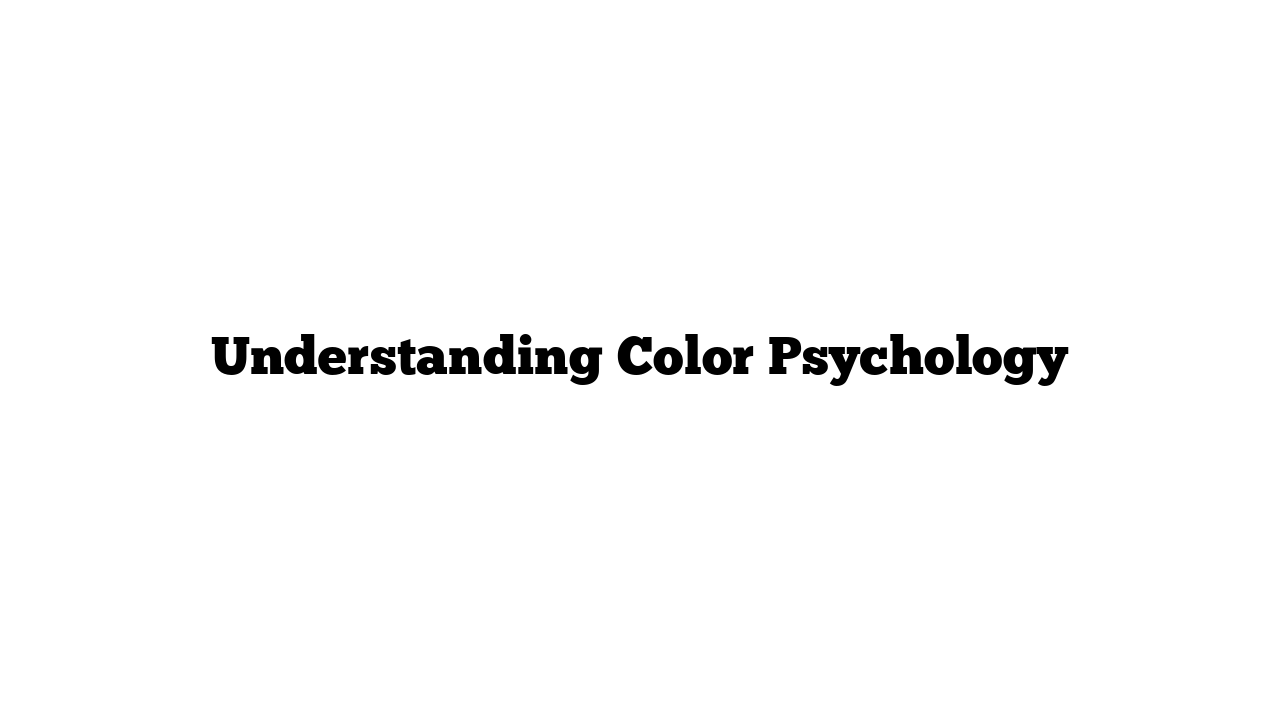Color psychology explores how colors affect human emotions, behavior, and perception. Each color carries unique meanings and influences our feelings in various ways. Let’s dive into some of the primary colors and their psychological effects.
Red
Red is one of the most intense colors our eyes perceive. It evokes strong emotions, including anger, passion, and authority. Historically, red has symbolized love and desire, as well as danger and warning. Early humans used red in cave paintings to depict vital aspects of their lives, like blood and fire. Culturally, red represents power and courage.
The “red effect” suggests that wearing red can enhance attractiveness and perceived dominance, providing an edge in competitive situations, from sports to dating. Red is also known to stimulate the heart rate and increase energy levels, which is why it’s frequently used in marketing to create urgency and excitement. Brands like Coca-Cola and McDonald’s have successfully harnessed red to evoke feelings of energy and appetite. However, red’s association with danger means it’s used in warning signs and stop signals, making it easily recognizable.
Blue
Blue is often linked to calmness and tranquility, reflecting the blue sky and the ocean. Psychologically, it can lower blood pressure and heart rate, promoting relaxation. In ancient cultures, blue was associated with loyalty and trust, believed to be a stable color that would remain constant.
Interestingly, not everyone finds blue calming. Some people experience chromophobia, a fear of blue. The shades of blue can influence perceptions: lighter blues evoke serenity, while darker blues suggest strength and professionalism. Though blue is generally seen as positive, it can also represent sadness, as seen in the phrase “feeling blue.”
Yellow
Yellow, associated with the sun, radiates warmth and positivity. In ancient Egypt, it symbolized the sun god Ra and was linked to royalty. Psychologically, yellow stimulates the left brain, promoting analytical thinking and creativity, making it popular in educational and workplace settings.
However, yellow also conveys caution, often seen in traffic signals and hazard signs. While artists like Vincent van Gogh used yellow to capture sunlight’s essence, in the past, yellow was used to mark outlaws, showing its dual nature.
Green
Green represents life, growth, and renewal, deeply connected to nature. Today, it symbolizes environmentalism, fostering a connection to sustainability in branding. Green is often associated with tranquility and emotional balance, reducing stress and anxiety. This calming effect is why it’s common in healthcare settings.
Yet, green also has a cultural association with envy and jealousy, famously referenced in Shakespeare’s Othello as the “green-eyed monster.”
Orange
Orange combines the energy of red with the cheerfulness of yellow, symbolizing joy and vitality. It’s linked to autumn and nature’s vibrant changes. In Buddhism, orange robes signify spiritual values and a commitment to simplicity.
Orange is frequently used in outdoor and adventure branding due to its association with nature and excitement.
Purple
Historically, purple dye was costly and labor-intensive, reserved for royalty and the elite, symbolizing wealth and power. Today, it still conveys luxury and exclusivity, used by brands like Cadbury and Asprey. Purple also carries spiritual significance, often linked to the connection between the physical and spiritual realms.
In the early 20th century, certain shades of purple became associated with mystical energies, reflecting its deep cultural roots.
Black
Black evokes a range of emotions, from authority and strength to mourning and sadness. It commands attention and is often worn by influential figures. Historically, black has been associated with death, reflecting its traditional use in funerals.
In ancient Egypt, black soil symbolized life and renewal, contrasting with its modern connotations of loss and finality.
White
White symbolizes purity, innocence, and simplicity. Its clean appearance conveys freshness and new beginnings, often used in ceremonies like weddings and christenings. In art and design, white space creates elegance and focuses attention on essential elements.
Yet, white can also appear sterile and cold, sometimes creating a sense of detachment. This perception is why it’s common in hospitals and labs, where cleanliness is paramount.
Pink
Pink embodies playfulness, love, and femininity. It evokes tenderness and affection, commonly associated with romance. Pink’s vibrant energy resonates with childhood and innocence, often chosen for girls’ toys and clothing.
However, societal expectations influence color preferences, especially among children. In recent years, pink has also come to represent strength and empowerment, notably in breast cancer awareness campaigns. Despite its traditionally feminine ties, pink captures attention and evokes various emotions, making it a versatile choice in design and marketing.
Conclusion
Understanding the psychology of colors can help us navigate our emotional responses and improve our decision-making in branding, art, and personal choices. Each color has its unique power and significance, shaping our perceptions and feelings in profound ways.
